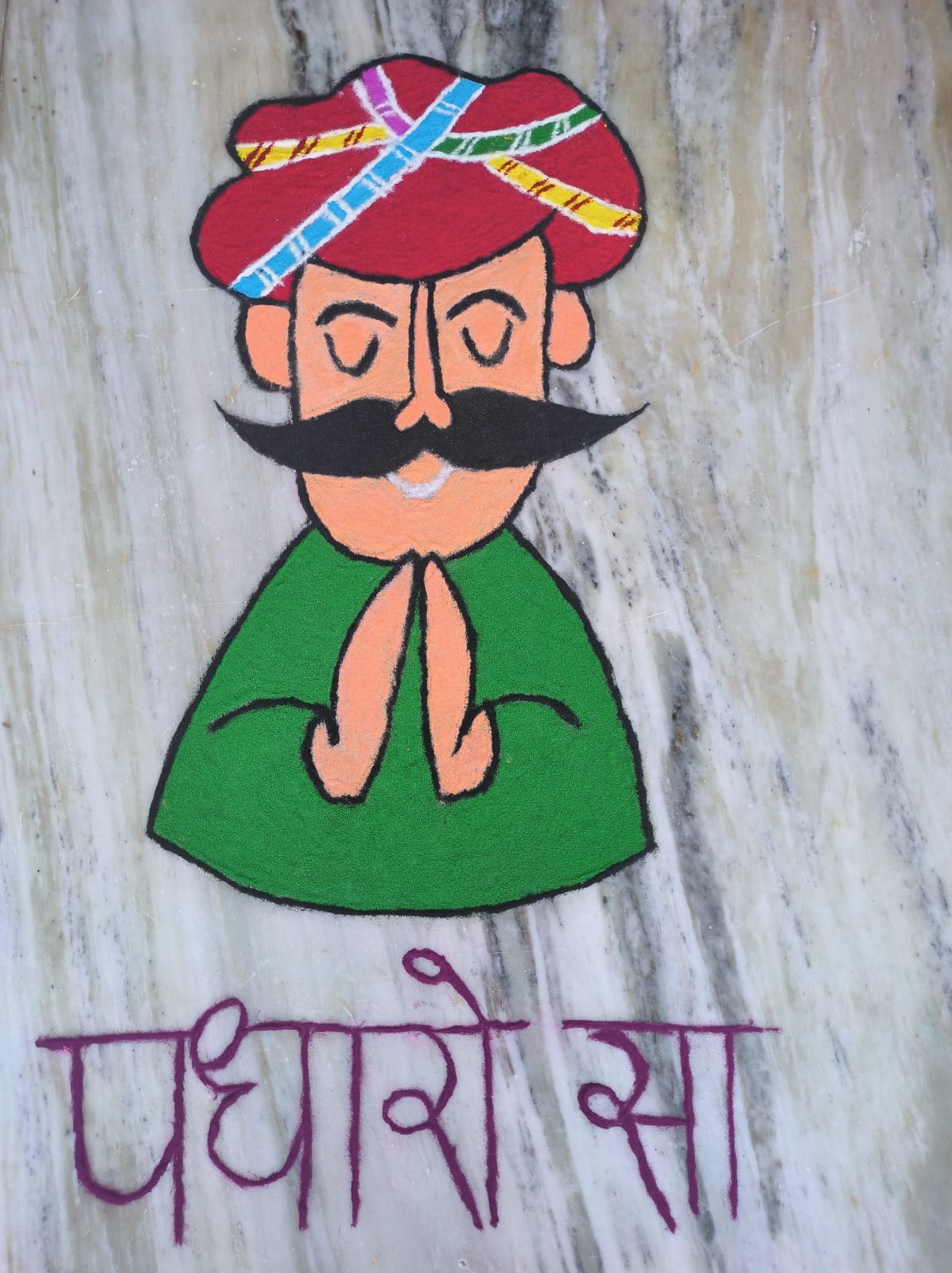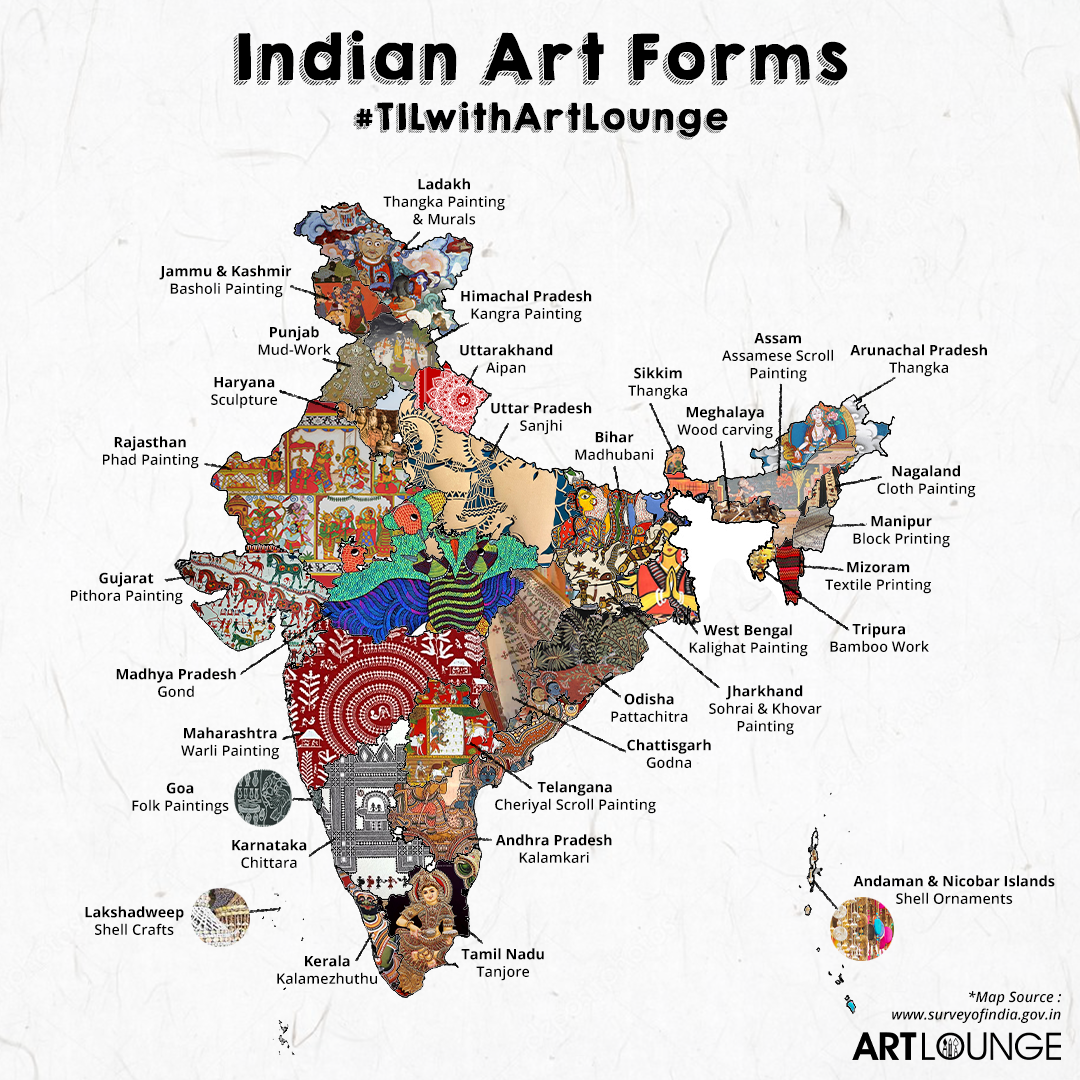Table of Contents
Introduction:
I think this word ‘dance’ needs no introduction. We all know how to dance, whether it’s good or bad. Some person good in dance with the rhythm of music, while others have skill to make dance others. You think I am talking about choreographer. But you are wrong because I am thinking about a Hindi idiom-‘Ungalio ke isharo par nachana’ in English it means ‘Wrapping someone around one’s finger’– which means to have complete control over someone, making them do whatever you want.
And there are many great people who don’t know how to dance and blame the land by saying coutyard is crooked The idiom in Hindi for this type of people is ‘Nach na jane aangan tedha’ and in English it is ‘A bad workman quarells with his tools’.
Let’s move on to some meaningful conversation about dance. It is a form of expression that blends movement, rhythm and emotion. It allows the individuals to convey feelings and stories through their bodies, overcoming language barriers. From the elegance of ballet to the spontaneity of hip-hop, each dance style offers a unique way to communicate, celebrating culture, creativity and personal expression. Whether performed individually or in a group, it mesmerizes spectators and fostercreates a deep bond between the artist and the viewer, establishing it as a truly universal art form.
Dance Forms in India:
Dance is a beautiful and diverse art form with a rich cultural history. Numerous dance forms and styles exist worldwide, each with different techniques, rhythms, and cultural significance. The history of Indian dance is deeply intertwined with religion, mythology, and spiritual practices, with various forms emerging over the centuries. While discussing Indian dance, we should not forget Natraja-The God of Nritya kala(Dance).

Natraja is a form of Hindu deity-Lord Shiva. According to hindu mythology Lord Shiva became Natraja after performing The Rudra Tandava to defeat the demon Apasmara which we can see under his foot. The sculpture of Natraja is one of the most iconic and respected of symbol Shiva and Hinduism, deeply rooted in hindu philosophy, spirituality and art. In India, almost every dance academies have a symbol of Natraja.
India’s dance forms mainly categorized in two parts:
- Classical
- Folk
Classical
The classical dance of India is mentioned in ancient texts, one of them being is Natya Shastra written by Bharat Muni. The classical forms follow strict rules regarding, gesture, expression, rhythm and music and majorly express spiritual and mythological themes.
Bhartnatyam

Origin: Tamil Nadu
Bharatnatyam is one of the oldest and most popular art form. It is renowned for its graceful footwork, facial expressions, hand gestures and storytelling primarly focusing on themes Vishnu, Shiva & Durga. Famous Indian actress Hema Malini is Bharatnatyam artist. About this you will get more information on my upcoming blogs.
Kathak

Origin: Uttar Pradesh
Kathak name derived from Sanskrit word ‘katha’ which means ‘story’ or ‘tale’. Kathak is praised for its grace, rhythm and storytelling ability. Pandit Birju Maharaj and Uma Sharma(Kathak Gurus/teachers) have played significant role in making Kathak famous.
Kathakali

Origin: Kerala
In Kathakali, mostly men play both male and female roles. Kathakali is known for its costumes, makeup, facial expressions and movements. It combines dance, music, drama and acting to tell stories from the Indian epics such as Ramayana and Mahabharata.
Kuchipudi

Origin: Andhra Pradesh
The name of this classical dance form originates from a village in Andhra Pradesh called Kuchipudi. Like Kathakali, this was also performed mainly by men, in which they dressed up as Hindu mythological characters spread their messages to the people. India’s famous Kathakali artists are Yamini Krishnamurthy and Shobha Naidu.
There are some other famous classical forms include Manipuri and Odissi. People are proud of this traditional art form and its artists, yet in recent years its popularity has declined compared to western and modern dance styles. The number of artist and the people who want to learn this art form is also less.
Folk
Folk dances in India differ by region to region, showcasing local traditions, rituals and community life.
Garba(Gujarat)


Garba is recognized as an Intangile Cultural Heritage(ICH) by UNESCO in 2023. It is India’s 15th ICH inscription. The word ‘Garba’ word comes from the Sanskrit word ‘Garbha’ means ‘womb’. Garba performed in a circle around the clay lantern known as Garba Deep which represents the feminine divine’s life giving force. Garba is a dance form for which, although the main festival is Navratri, so Garba lovers eagerly wait for Navratri. For them, any festival or celebration are incomplete without Garba.
Ghoomar(Rajasthan)


Rajasthan is a popular tourist destination due to its royal and cultural heritage, architecture, traditions, cuisine and art forms. Ghoomar is one of the most recognised among them. It involves graceful circular movements performed in Rajasthani attire. Ghoomar is a symbol of celeration beauty and cultural pride of Rajasthan. Ghoomar has gained recognition on both national and international levels. In recent years, it has been showcased in Bollywood films like Padmavat, Deepika Padukone’s character, which brought it into the global spotlight.
Bhangra(Punjab)

Bhangra is a delightful and energetic folk dance of Punjab and eastern Pakistan. Mainly it is performed during the Vaisakhi festival to celebrate theharvest season’s start. It is often performed during events like weddings and parties. Bhangra reflects joy, celebration and connection to nature and earth.
Lavani(Maharashtra)

Lavani was initially performed in a royal courts of Peshwas. It is performed on a beats of drum which is known as Dholki and other folk instruments like tasha and madal. Women wear nine yard sarees called Navvari, which is in bright colors.
There are various tribal dance forms in India of different tribes in different regions. Art knows no boundaries and just as Indian dance forms have captivated audiences around the world it has embraced various of modern dance styles like Hip Hop, Ballroom, Ballet, K-Pop, Tap, Jazz, Belly, Zumba.
Read my previous blog: https://essencenart.online/types-of-painters/




One thought on “Dance: An Expressive Art Form”